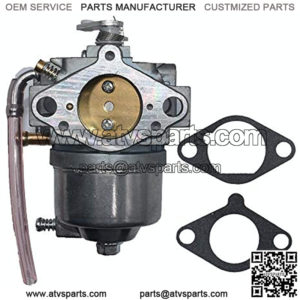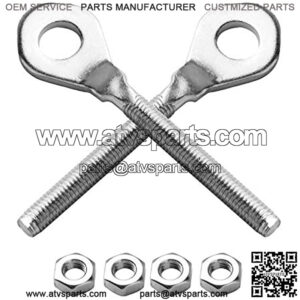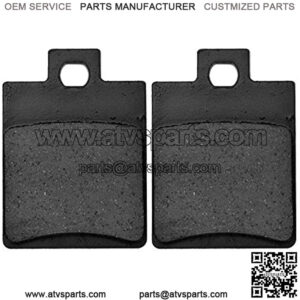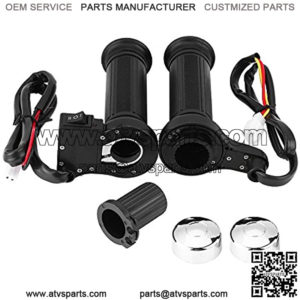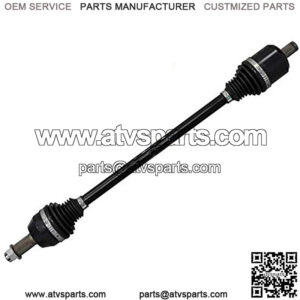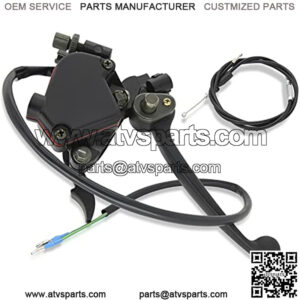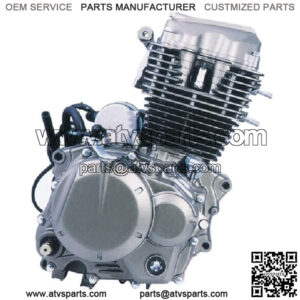How an ATV Carburetor Works
What Is a Carburetor?
A carburetor is a mechanical device that mixes fuel and air to allow for internal combustion. Its function is inspired by Bernoulli’s principle, which states that as air moves faster, its static pressure reduces, consequently increasing its dynamic pressure.
An ATV carburetor has an open pipe in the form of a venturi, which allows for the passage of air into the engine’s inlet manifold. The inlet manifold, also called the intake manifold, is part of the engine that supplies the air/fuel mixture to the cylinders.
How Does an ATV Carburetor Work?
Carburetors usually vary in terms of design and complexity. However, most of these mechanical devices function on the same basic principle- mixing air and fuel to promote combustion and consequently power the engine.
The failing pressure of the speeded-up air creates a much-needed sucking effect for the release of fuel.
This comes in extra handy when the engine is cold, running quite slow, or when it’s just starting up.
Here’s a quick summary of how the ATV carburetor works:
- Air flows from the ATV’s air intake and into the top of the carburetor.
- The air then passes through a filter that cleans potential debris, ensuring only clean air gets inside the carburetor.
- When the ATV engine is started, the choke can be adjusted such that it strategically blocks the top of the pipe, thus reducing the total amount of air flowing inside the carburetor. This consequently increases the fuel content in the mixture that enters the cylinders.
- The dip in air pressure helps create suction on the fuel pipe, which draws in the fuel.
- The throttle, located at the bottom of the venturi, regulates the mixture of air and gas to allow the engine to produce more power, making the ATV move faster.
- The air and fuel mixture then flows into the engine’s cylinders.
- The fuel is continuously supplied to the mixture through the float-feed chamber.
- The choke opens whenever the fuel level falls.
About ATV carburetor
“atv carburetor replacement”
“atv carburetor parts”
“atv carburetor rebuild kit”
